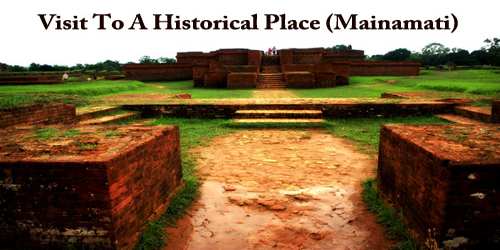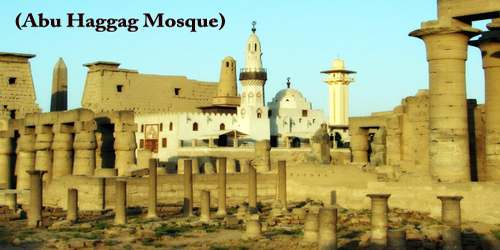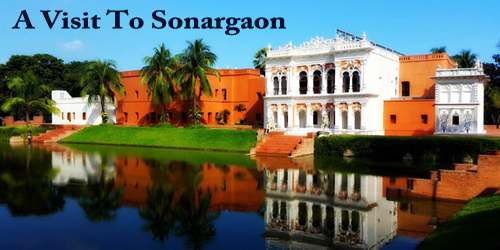Mainamati (Môynamoti), is an isolated ridge of low hills in the eastern margins of deltaic Bangladesh, about 8 km to the west of Comilla town is a very familiar name in our cultural heritage, where archaeological excavations have revealed very significant materials. It serves a beautiful colonial cemetery as Comilla Cantonment is nearby. The Mainamati Cemetery is a historical memorial with about thousands of graves from the Second World War. My imagination runs away the moment I enter the immaculately restored Shalban Bihar in Mainamati. This was once a self-contained Buddhist monastery where, a thousand years ago, monks lived, studied, and prayed. Its square shape sides measuring 169 meters was surrounded by a wall 3 meters thick with only one entrance. The monks lived in 115 tiny rooms laid out along the square’s edges; they prayed at a central temple. Standing on top of the temple’s remains, I could see all these and more. An ancient Buddhist civilization preceded Muslims, Hindus, and British in Bangladesh. Remains of this civilization are spread nationwide; the ones in Mainamati are probably closest to Dhaka. We had started southbound on Chittagong highway at 7:30 am on a Saturday. The ruins lie northwest of Comilla, to the right of the highway. It took us three hours from Dhaka to reach the main attraction: Shalban Bihar and its adjoining museum.
Originally, the monastery was called Bhavadev Bihar after the king, but today the Shalban name comes from a grove of Shal (shorea robusta) trees just outside. People can relax in this peaceful grove while sipping tea. The adventurous can even enjoy a horseback ride.
















